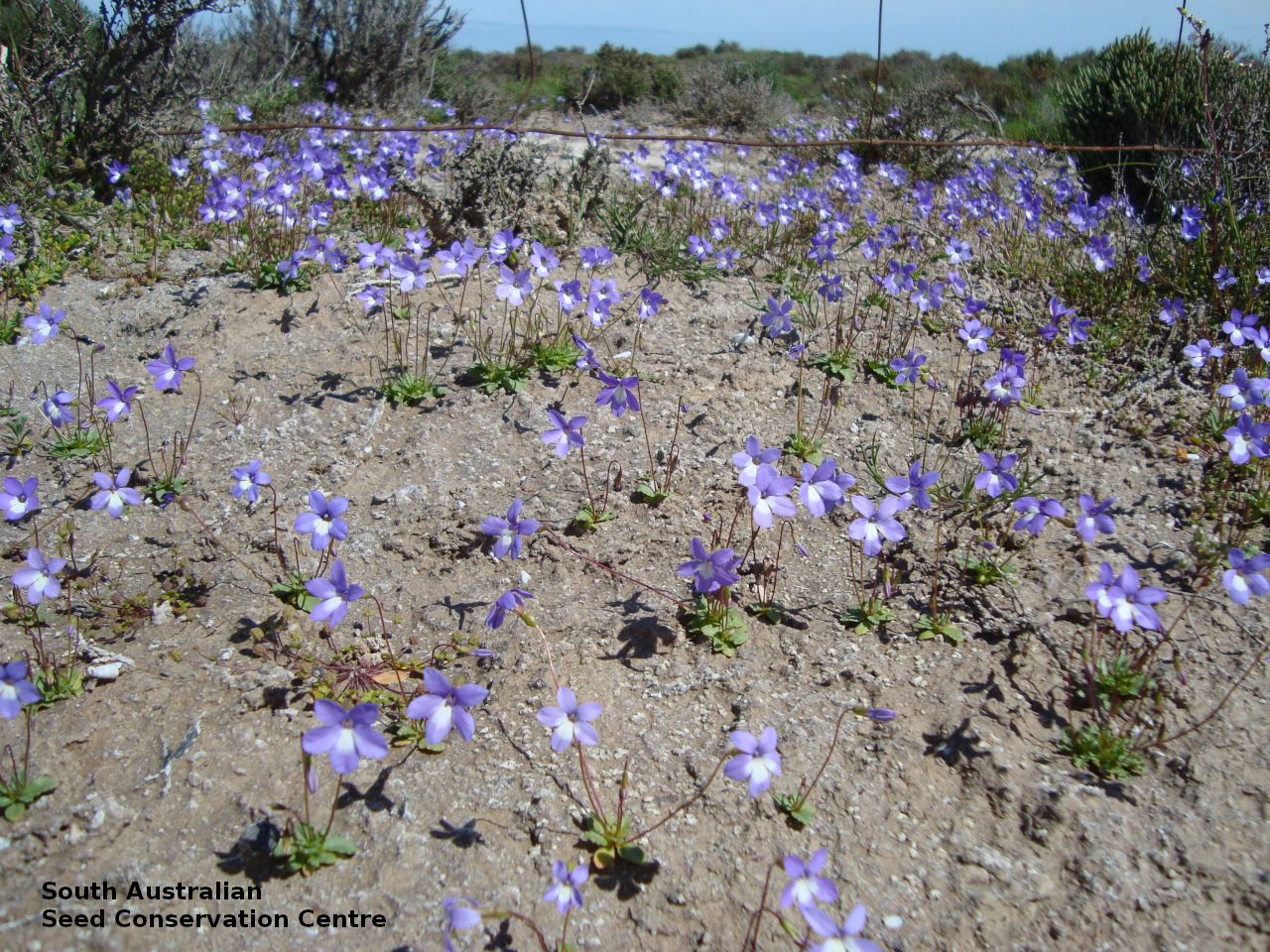
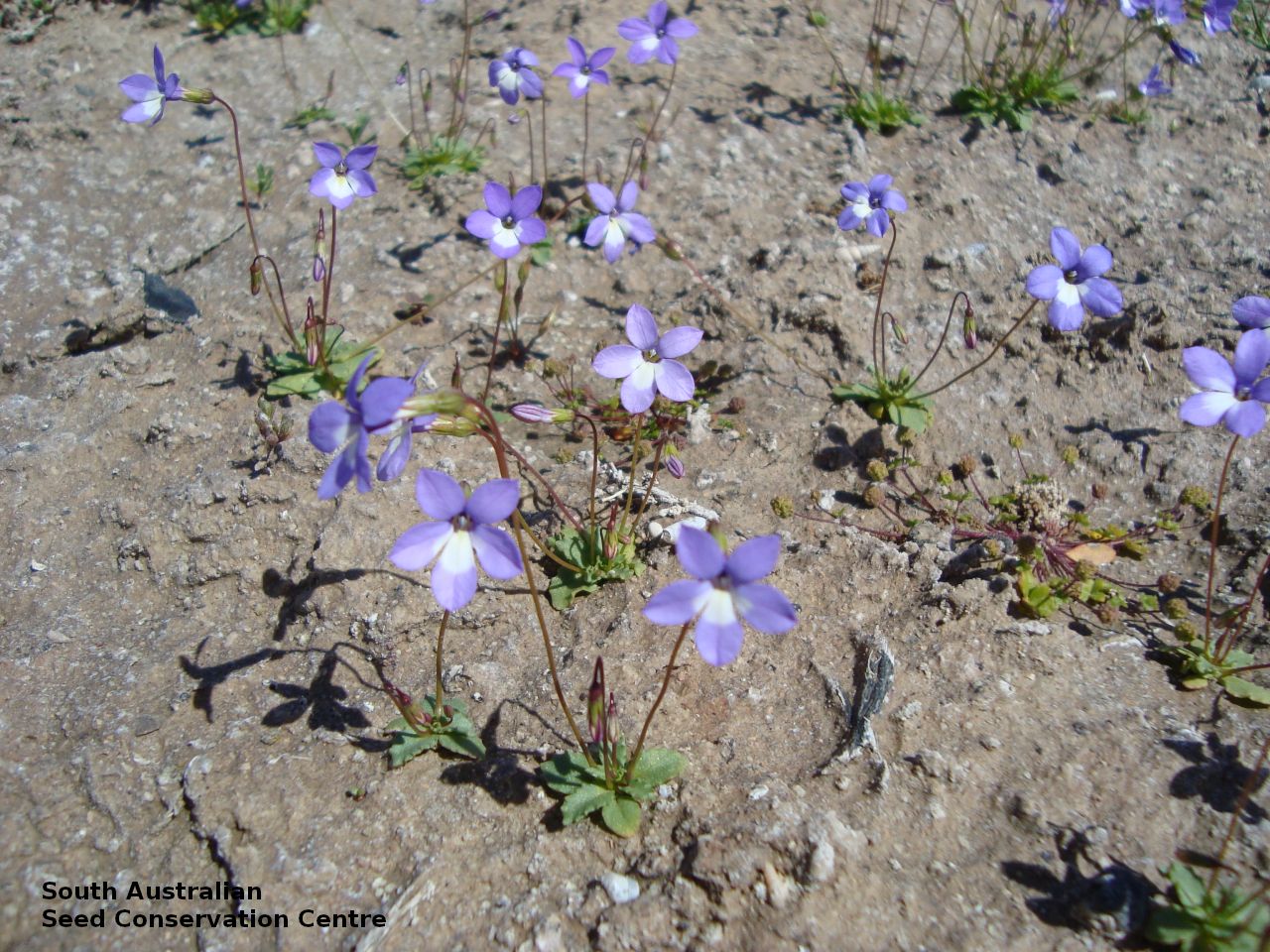
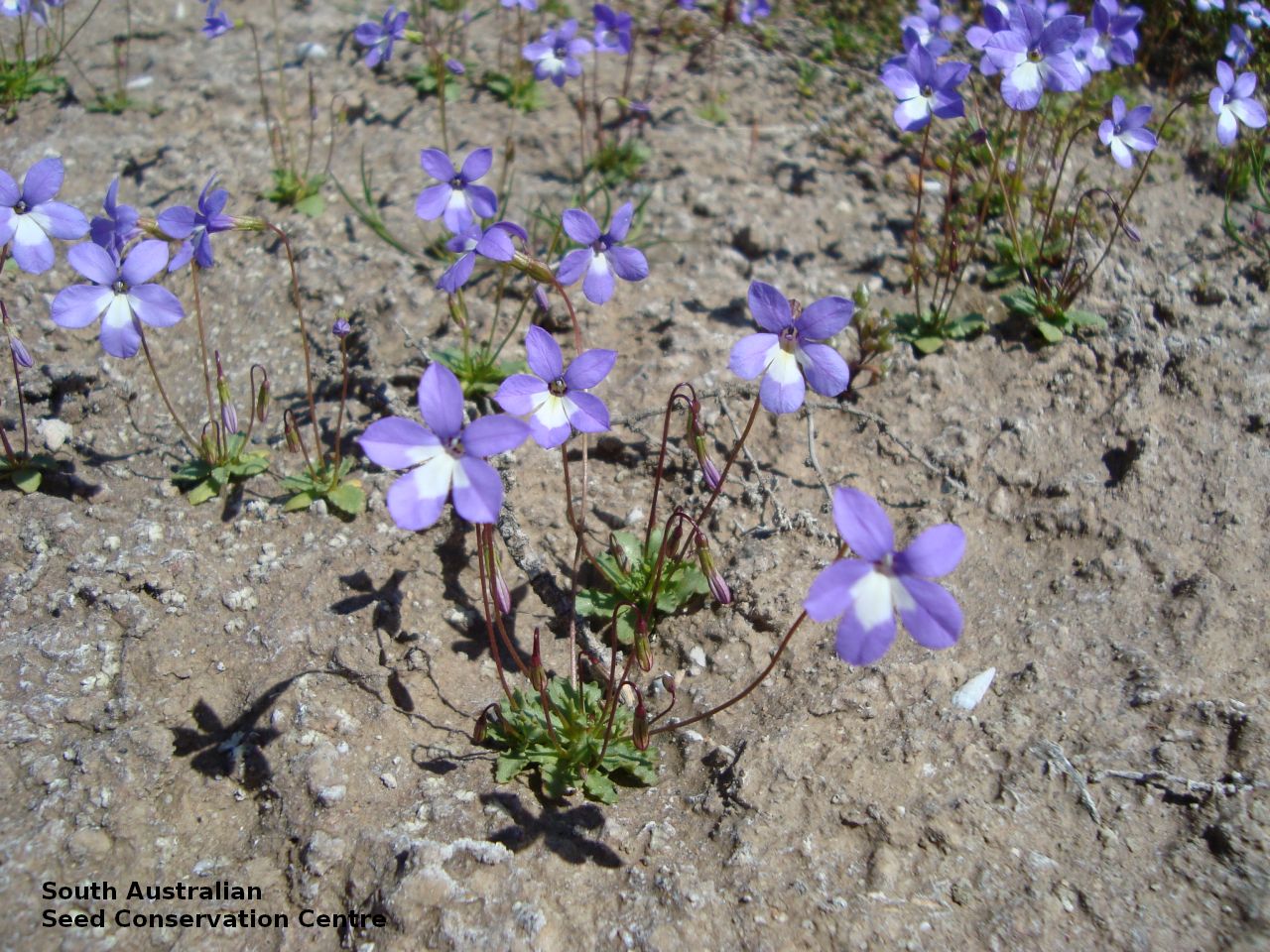
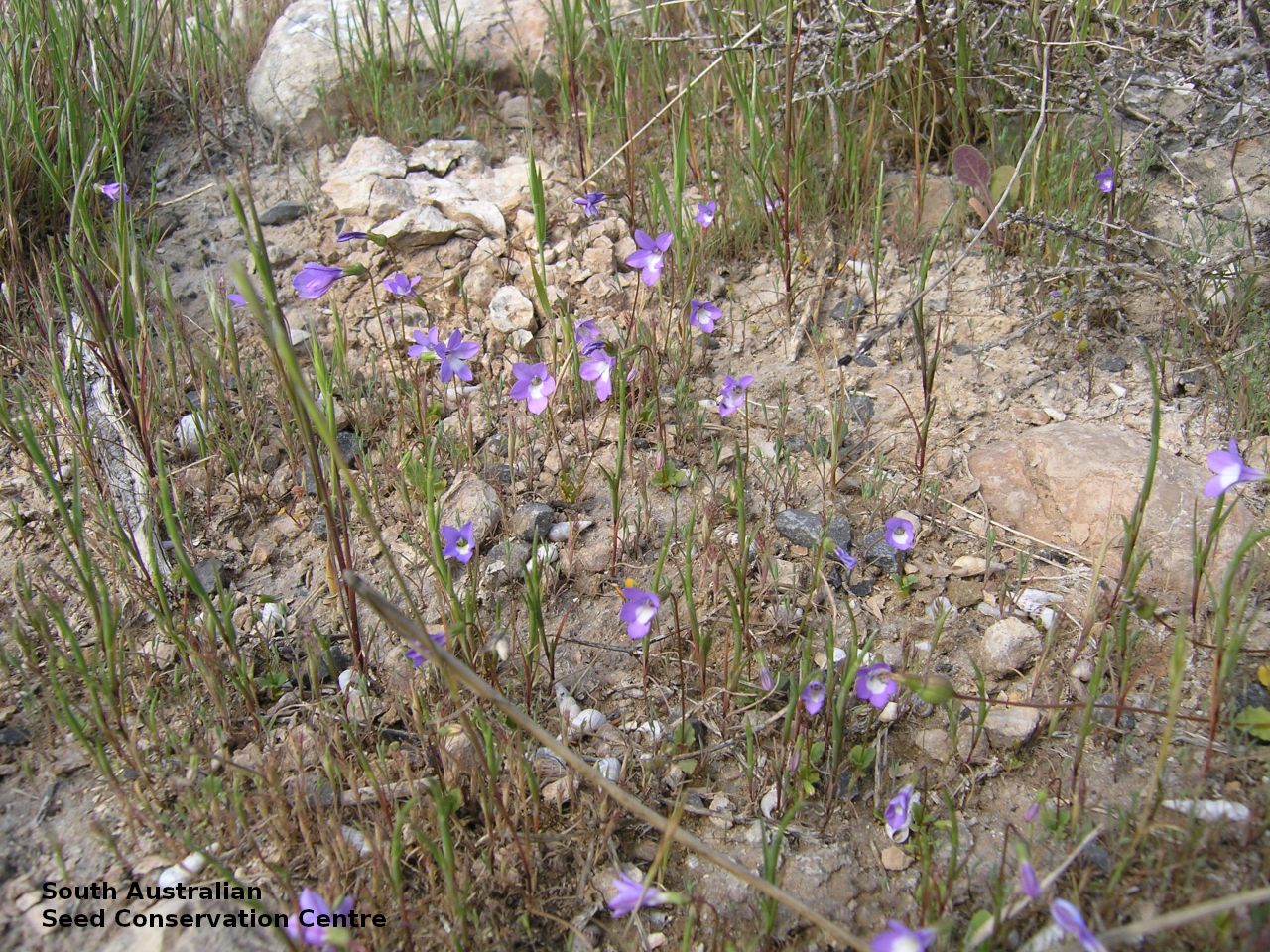
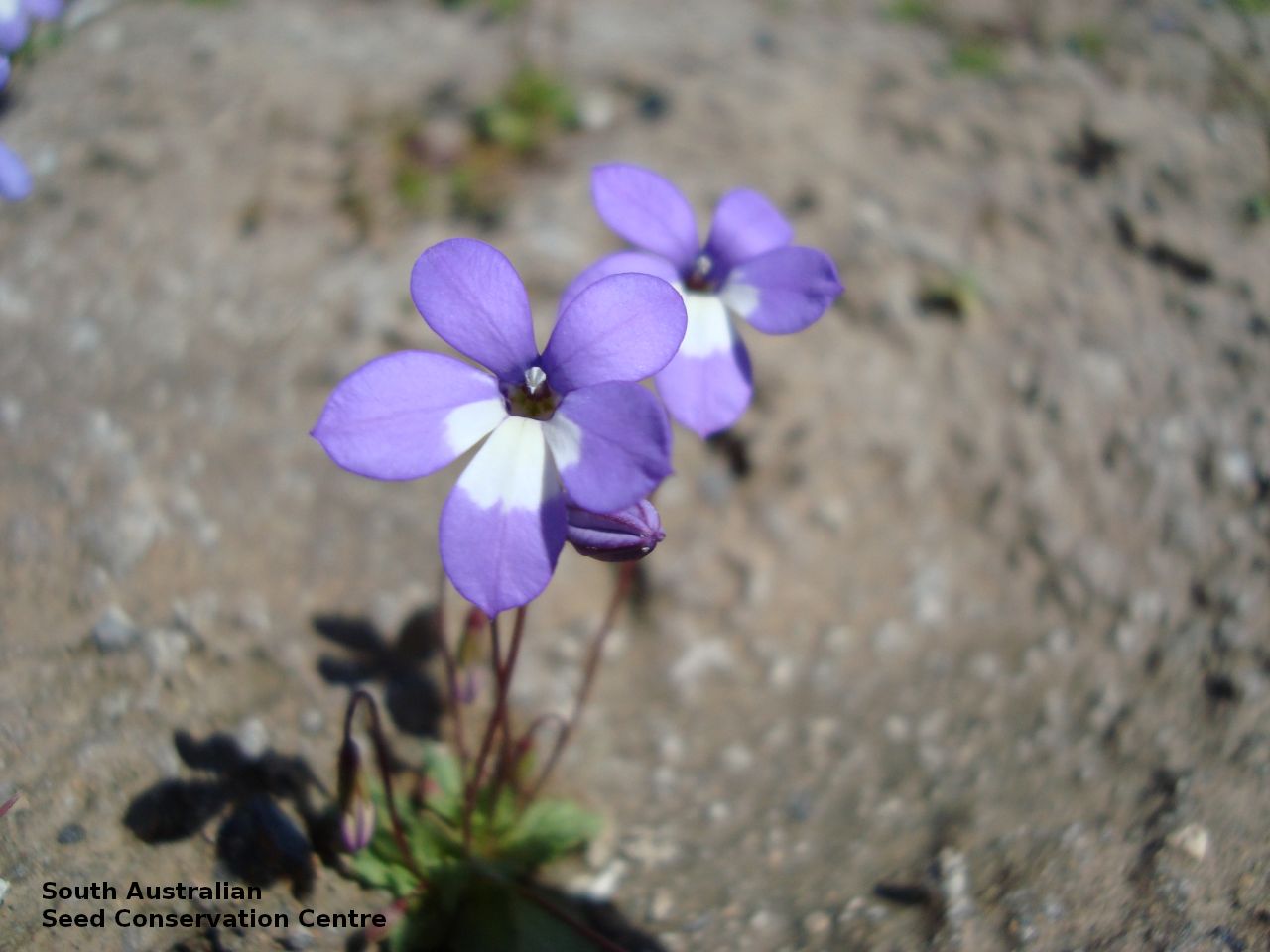
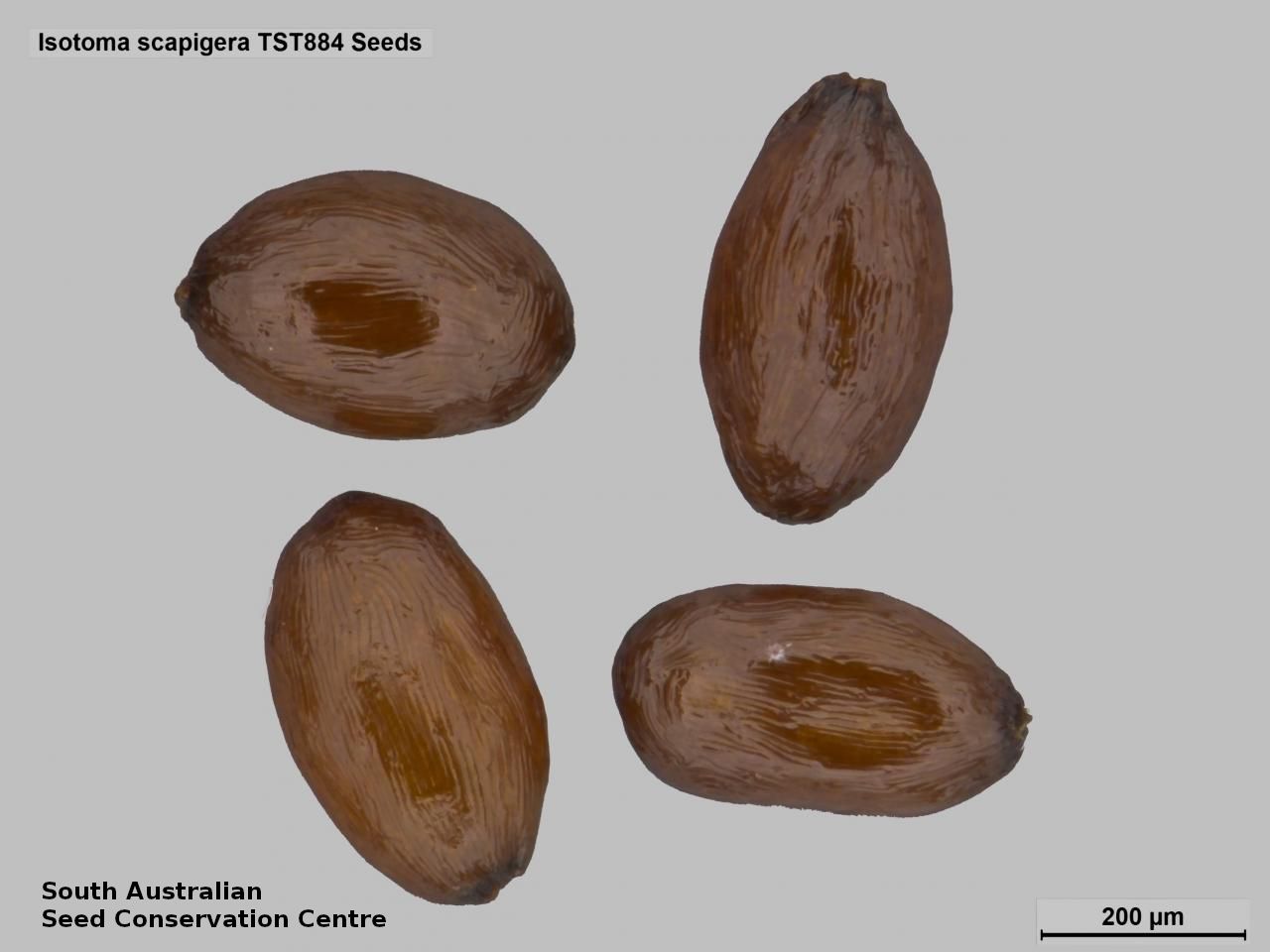
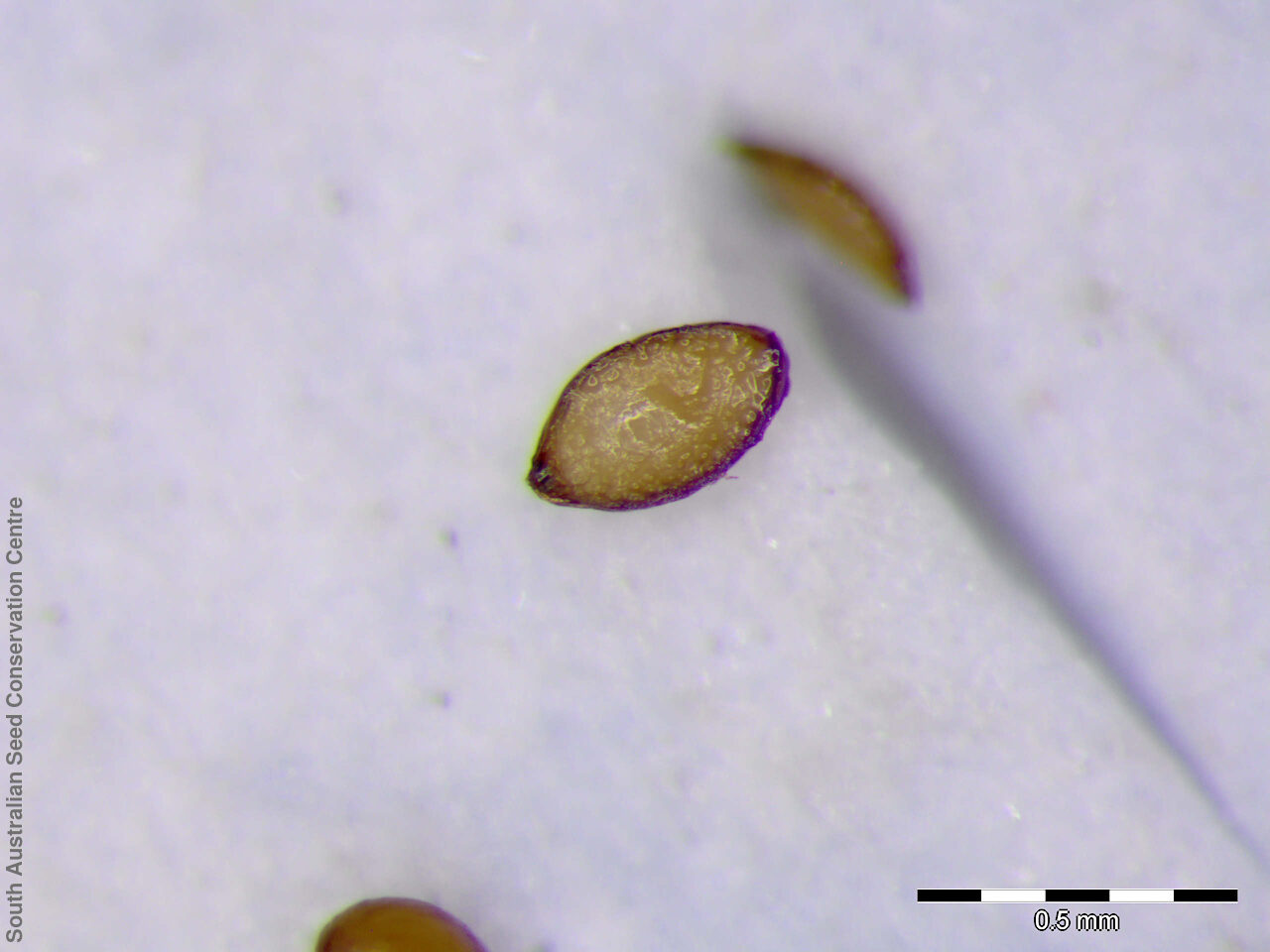
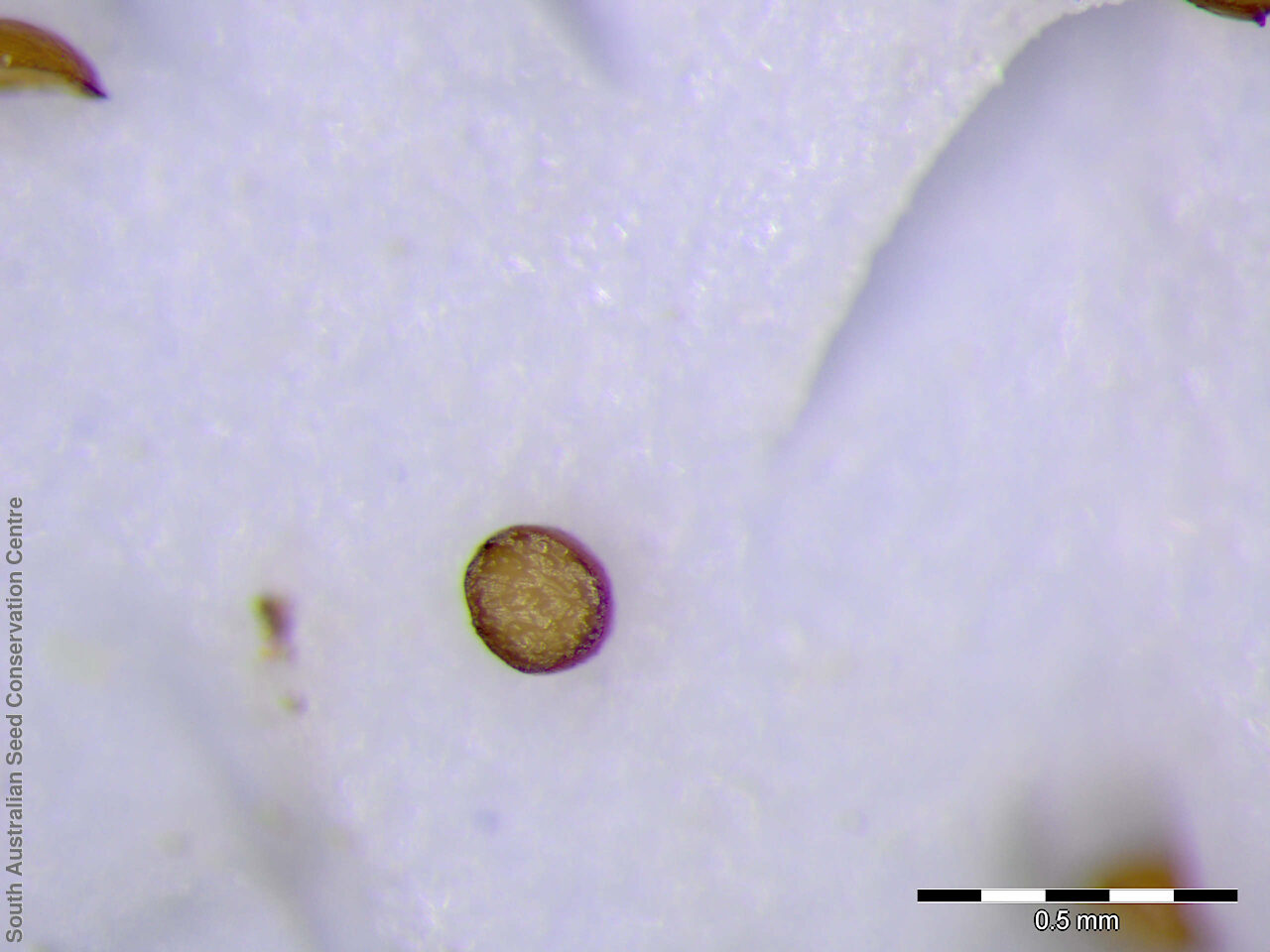

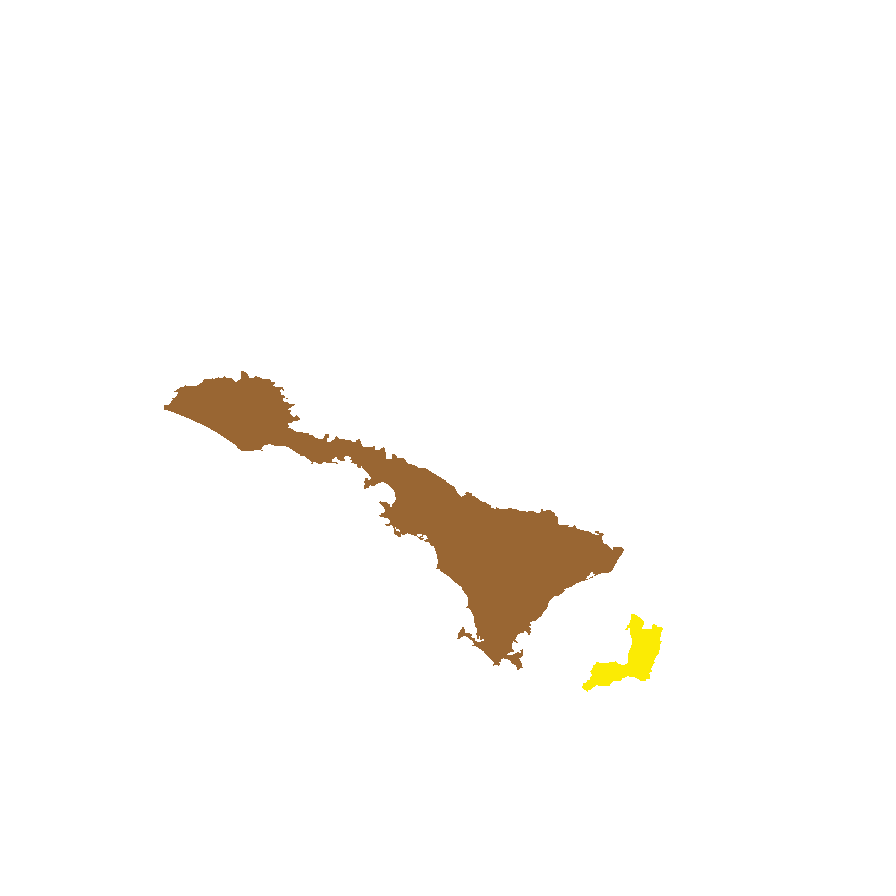
Botanical art
Prior names
Lobelia scapigera
Laurentia scapigera
Common names
Erect Isotome
Salt Isotome
Etymology
Isotoma, from the Greek 'isos', meaning equal and 'tomos', meaning, a cutting, referring to the equally cut corolla lobes. Scapigera from the Latin 'scapus,' meaning stalk, stem and 'gero', meaning to bear, referring to the leafless or almost so, flower stalk growing from the ground.
Distribution and status
Found along the coast from the Nullarbor to the tip of Yorke Peninsula in South Australia, growing on moist mudflats, often around salt marshes, winter-wet swampy flats and sand dunes. Also found in Western Australia. Native. Uncommon in South Australia. Common in Western Australia.
Herbarium regions: Gairdner-Torrens, Eyre Peninsula, Yorke Peninsula
AVH map: SA distribution map (external link)
Plant description
Annual herbs with branches up to 3 cm long, somewhat branched, with leaves in an apparent basal rosette, hairy to smooth. Leaves sub-petiolate with a long cuneate base, oblanceolate- to obovate-spathulate, becoming sessile, elliptic-oblong towards the apex of branches, to 30 mm long and 12 mm; obtuse to acute; fine to coarsely serrate. Flowers borne in the axils of leaf-like bracts at the base of the plant, the stiffly erect pedicels to 12 cm long, with buds nodding, with flowers level and fruits stiffly erect. Sepals scarcely connate; the lobes linear-triangular, to 4.5 mm long, acute to pointed; corolla pale to usually deeply purplish-blue with a white to yellow patch on the lower 3 lobes and into the throat; the tube to 5 mm long; the lobes oblong-oblanceolate to rarely oblong-obovate, to 7 mm long, acute, glabrous. Flowering between October to December. Fruits are papery brown elliptical capsule. Seeds are dark-brown elliptical seed to 0.4 mm long and 0.3 mm wide; smooth surface. Seed embryo type is spathulate, under-developed.
Seed collection and propagation
Collect seeds between November and December. Collect mature capsules; those that are turning a pale straw-colour and containing brown seeds. Place the capsules in a tray and leave to dry for one weeks. Then rub the capsules gently by hand to dislodge the seeds. Use a sieve to separate the unwanted material. Be careful as the seeds are very small. Store the seeds with a desiccant such as dried silica beads or dry rice, in an air tight container in a cool and dry place. From two collections, the seed viability was high, at 100%.
| Location | No. of seeds (weight grams) | Number of plants | Date collected | Collection number Collection location | Date stored | % Viability | Storage temperature |
|---|---|---|---|---|---|---|---|
| BGA MSB | 375,000 (0.53 g) 375,000 (0.53 g) | 200+ | 25-Nov-2004 | DJD49 Yorke Peninsula | 28-Mar-2006 | 100% | +5°C, -18°C |
| BGA | 178,000 (1.78 g) | 100+ | 11-Nov-2009 | TST884 Yorke Peninsula | 1-Jun-2010 | 100% | -18°C |
Number of plants: This is the number of plants from which the seeds were collected.
Collection location: The Herbarium of South Australia's region name.
% Viability: Percentage of filled healthy seeds determined by a cut test or x-ray.